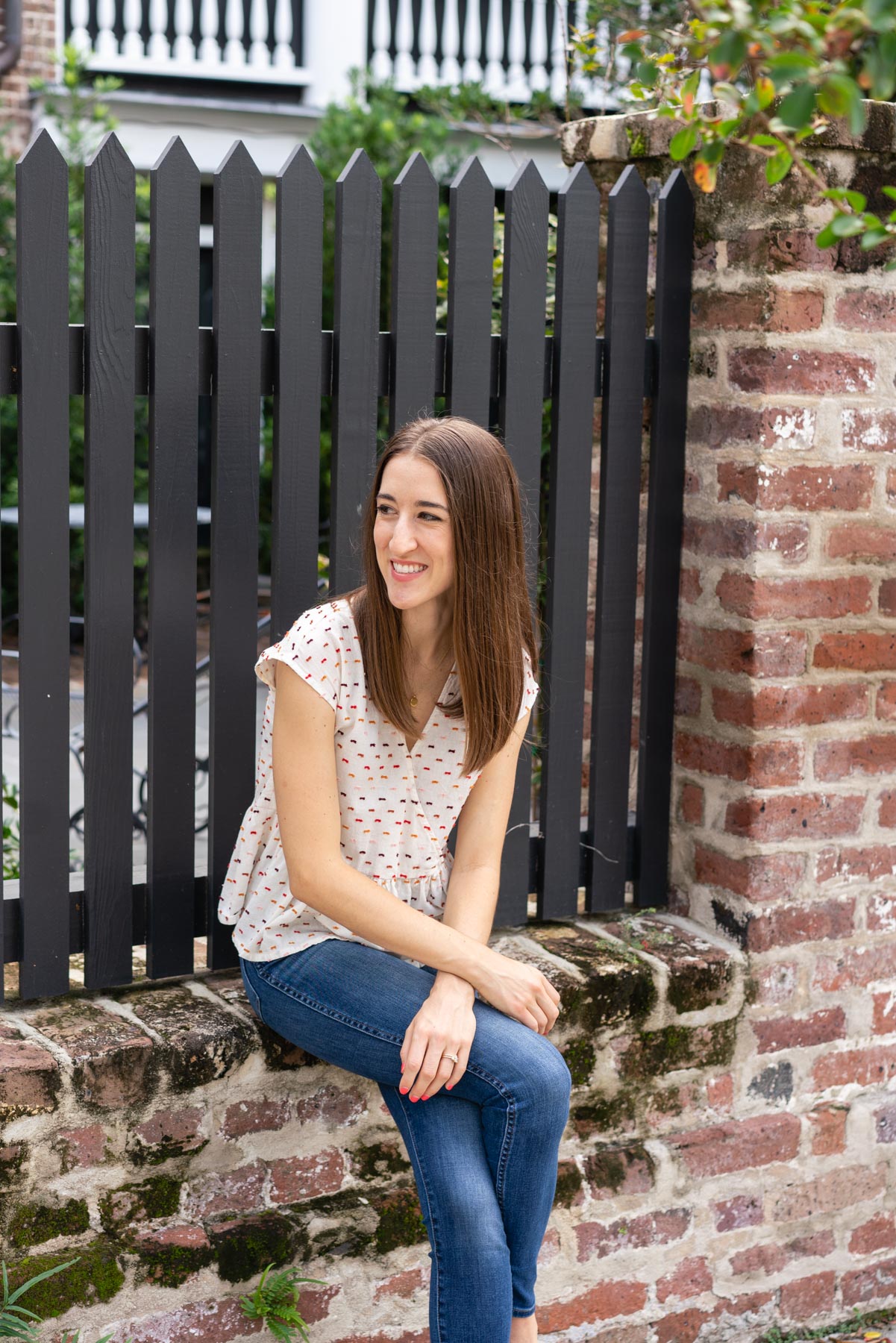3x Mall Insights
Exploring the latest trends and news in online shopping.
Picture Perfect: The Secrets to a Flawless Photo Shoot
Unlock the secrets to stunning photo shoots! Discover expert tips for flawless pictures that will elevate your photography game.
Mastering Natural Lighting: Tips for a Stunning Outdoor Photoshoot
Mastering natural lighting can significantly enhance the quality of your outdoor photographs. To start, timing is crucial; the golden hour, which occurs shortly after sunrise and before sunset, provides the softest and most flattering light. During this period, the low angle of the sun creates a warm, diffused glow that can make your subjects appear more vibrant. Additionally, be mindful of the weather—overcast days can also be beneficial, as clouds act as a natural diffuser, softening harsh shadows and creating a pleasant, even light.
Another essential tip is to position your subjects strategically to take full advantage of the available light. Always keep the sun behind the camera or slightly to the side to avoid unflattering shadows on your subject's face. Experiment with various angles and compositions to capture the ideal shot. You might consider using reflectors or other tools to bounce light back onto your subjects, adding depth and dimension to your outdoor photoshoot. Remember, the key to stunning outdoor photography lies in understanding and harnessing the beauty of natural light.

Posing Like a Pro: Essential Techniques for Flawless Shots
When it comes to posing like a pro, understanding the fundamentals of body positioning can make all the difference in achieving flawless shots. Start by keeping your shoulders relaxed and down, as this will create a more natural appearance. Experiment with angles by slightly turning your body to the side, which can define your silhouette and add visual interest. Remember to engage your core and elongate your neck, as these techniques help create a sense of poise and elegance.
Facial expression is equally important in posing for photography. To avoid stiff or awkward looks, practice various expressions in the mirror to find your best angles. A gentle smile or a soft gaze can bring warmth to your images. Additionally, consider using your hands thoughtfully; placing them on your hips, running them through your hair, or gently touching your face can enhance your pose and create a more dynamic shot. With these essential techniques, you’ll be one step closer to capturing stunning photographs that stand out.
What Camera Settings Create the Perfect Picture?
Finding the right camera settings is crucial for capturing the perfect picture. The key settings to consider include aperture, shutter speed, and ISO. These three elements work together to control exposure, depth of field, and motion blur in your images. For example, a wide aperture (lower f-stop number) allows more light into the camera, creating a beautiful background blur (bokeh) that highlights your subject. In contrast, a slower shutter speed can capture motion, ideal for photographing fast-moving subjects while ensuring they remain sharp.
Additionally, understanding the exposure triangle is essential for achieving the desired outcome in photography. Adjusting one setting requires an adjustment in the others to maintain the same exposure level. When shooting in different lighting conditions, having a good grasp of how to balance these settings can make a significant difference. For beginners, it may be helpful to start with auto mode or program mode to learn how these settings interact. Over time, experimenting with manual mode will give you greater control and help you create stunning images tailored to your vision.